Choosing the right time to travel to Japan is crucial for a memorable experience. Japan has four distinct seasons, each offering unique attractions that affect costs, weather, and the overall mood of your trip. Let’s join iVISA in exploring the most suitable time for a trip to the Land of the Rising Sun.
Which Season Should You Visit Japan?
Japan’s four seasons each have their own charm, making every trip unforgettable. Spring brings cherry blossoms in full bloom, filling the landscape with pink hues—perfect for couples and families seeking a romantic atmosphere. In summer, cities and countryside come alive with vibrant festivals, ideal for young travelers who enjoy cultural experiences and local life.
If you love nature, autumn is a must-visit season. Red and golden maple leaves cover parks and streets, creating picture-perfect scenery. Winter offers pristine snow, a peaceful atmosphere, and usually lower costs, suitable for travelers seeking new experiences or outdoor activities.
Choosing the best time to travel to Japan allows you to fully enjoy the scenery, save on expenses, and plan activities from vibrant festivals to sightseeing at famous landmarks.
Japan’s Four Seasons: Features and Months
Japan has four distinct seasons, each lasting about three months and offering a variety of landscapes and activities. Picking the right time to travel to Japan will shape your experience, from scenic views to festivals and special events.
Spring (March–May): Cherry Blossoms, Hanami
Spring is when Japan wears its most vibrant colors. Cherry blossoms bloom everywhere, gentle sunlight filters through the trees, and the atmosphere feels peaceful. This season is ideal for both romantic couples and families seeking a tranquil experience.
March – Cherry blossom season begins
In March, cherry blossoms start to bloom in southern Japan. The weather is slightly cool, perfect for exploring Tokyo or Kyoto. Planning a trip in March is ideal for enjoying the gentle spring ambiance.
April – Peak Hanami season
April marks the peak of Hanami. Ueno Park, the Meguro River, and historic Kyoto are filled with cherry blossoms. To fully enjoy the experience, consider booking train tickets early, preparing a bento, and enjoying sake amid the festive scenery.
May – Immersed in nature
May brings fresh air, warm weather, and lush greenery. Traveling in May offers the chance to sightsee, take photos, and enjoy traditional festivals without large crowds.
Summer (June–August): Green Landscapes, Festivals, Weather Tips
Summer in Japan is lively, with vibrant greenery everywhere. It’s a great time to experience traditional festivals and immerse yourself in the energetic local life.
June – Start of rainy season & suitable clothing
June marks the beginning of Japan’s rainy season. Travelers should wear light clothing, non-slip shoes, and carry a foldable umbrella. The lush greenery offers beautiful photo opportunities for nature lovers.
July – Colorful festivals
July is famous for fireworks festivals across Japan, from Tokyo to Osaka. Young travelers can enjoy local culture and a lively, colorful atmosphere.
August – Peak summer & beach season
August is the height of summer, often hot and sunny. Beaches, lakes, and mountains welcome visitors. Travelers can combine festival participation, city exploration, and outdoor relaxation.
Autumn (September–November): Red Leaves, Cool Weather
Autumn in Japan brings vibrant red and golden maple leaves. It is ideal for nature lovers, photographers, and those who enjoy cool, comfortable weather.
September – Beginning of autumn
September offers mild weather after the hot summer. Leaves start to change colors, creating romantic scenery. It’s perfect for strolling, visiting temples, and tasting seasonal foods.
October – Peak foliage
October is the peak of autumn. Maple leaves turn bright red in parks, streets, and famous spots like Kyoto, Nikko, and Hokkaido. This is an ideal time for vivid photography, without the summer heat.
November – Perfect autumn experience
November offers beautiful red and golden leaves along with pleasant weather. It’s also the time for local festivals, seasonal cuisine, and peaceful moments.
Winter (December–February): Snow, Onsen, Light Festivals
Winter in Japan transforms the country into a snowy wonderland. It’s a great time to enjoy cold-season activities, from skiing to relaxing in warm onsen.
December – Festive lights & atmosphere
Cities shine with winter illuminations, Christmas decorations, and seasonal markets. It’s perfect for strolling, enjoying winter food, and feeling the festive spirit.
January – Snow & skiing
January is the peak of winter, especially in Hokkaido, Nagano, and northern mountains. Travelers can ski, snowboard, and explore snow-covered landscapes. It’s also quieter, suitable for avoiding crowds.
February – Onsen & winter experiences
February offers a chance to relax in hot spring baths (onsen) amid snowy scenery—a unique experience to unwind after days of sightseeing.
Japan’s major festivals and events by month
Japan attracts visitors not only with its seasonal beauty but also with festivals linked to its culture. Choosing the right time to travel allows you to join unique events.
| Month | Festival/Event | Experience |
| January | Hatsumode (first shrine visit) | Pray for luck, buy charms, celebrate New Year with locals |
| March–April | Hanami – cherry blossom viewing | Picnic under sakura trees, enjoy sake, embrace spring |
| July–August | Gion Matsuri, fireworks | Wear yukata, join street festivals, watch fireworks |
| September | Tsukimi – moon viewing | Admire full moon, eat dango, bond with family |
| December | Winter illuminations | Stroll under sparkling lights, enjoy romantic Christmas atmosphere |
Each festival has its unique character: solemn New Year, vibrant spring, lively summer, serene autumn, and magical winter. Attending festivals helps you understand Japanese culture and makes your trip unforgettable.
Moonlight Journey: Under the Full Moon – Discovering the Mid-Autumn Festival in Japan
When we think of the Mid-Autumn Festival in Vietnam, we often imagine the lively night full of lanterns and the cheerful sound of lion dance drums. Yet in Japan, under the same bright full moon, people celebrate in a completely different way.
The Japanese call this occasion Tsukimi – “moon viewing.” On the 15th day of the 9th lunar month, they prepare round white dango cakes, display them with pampas grass as a symbol of good harvest, and enjoy fresh autumn fruits. When night falls, families gather on the porch, sip tea, taste the cakes, and quietly admire the moon as a way of giving thanks.
If you have ever dreamed of sitting under the Tsukimi moon, calmly drinking tea and letting the autumn breeze of Japan touch your soul, let iVISA accompany you to turn that dream into a real journey.
Read the full story on iVISA’s Fanpage: Moonlight Journey: Under the Full Moon – Discovering the Mid-Autumn Festival in Japan
Seasonal Travel Preparation
Proper packing ensures a comfortable and complete trip. Besides weather-appropriate clothing, pay attention to health and local customs.
| Season | Clothing & Essentials | Health & Customs Tips |
| Spring | Light jacket, comfortable walking shoes, foldable umbrella | Be careful with pollen allergies; never pick cherry blossoms |
| Summer | Light clothing, sunscreen, water | Avoid crowded spots at fireworks; maintain hygiene |
| Autumn | Thin jacket, sneakers, camera | Be quiet at temples; carry small cash for easy payments |
| Winter | Coat, gloves, thermal bag | Watch out for slippery paths; remove shoes in homes and onsen |
Estimated Costs, Booking Tours & Money-Saving Tips
Traveling to Japan is not far, but careful planning ensures a complete trip within budget. A 7-day trip costs approximately 22–35 million VND per person, depending on the season and spending style. In addition, you should also budget for the cost of using iVISA’s consultation service for applying for a Japan tourist visa if you don’t have prior experience with the visa application process.
- Spring (Mar–May): Cherry blossom season, flight prices 20–30% higher, hotels may be full. Total cost ~30–35 million VND.
- Summer (Jun–Aug): Vibrant festivals and fireworks, moderate flight prices. Obon week in August is crowded, total ~25–30 million VND.
- Autumn (Sep–Nov): Red leaves, especially in Kyoto and Nikko. Hotel prices rise from late October, total ~28–34 million VND.
- Winter (Dec–Feb): Cheapest season, except Christmas–New Year. Round-trip flight 8–10 million VND, many hotel promotions, total ~22–28 million VND.
Money-saving tips: book early, compare prices on Traveloka, Skyscanner, Kayak; choose hostels, business hotels, or Airbnb; buy a JR Pass for long trips; eat Ekiben or supermarket meals; avoid peak times like Golden Week, Obon, or New Year. Prepare to apply for a Japan tourist visa about 1–2 months in advance to ensure your travel plans go smoothly.
With proper planning, you can enjoy cherry blossoms in March or autumn leaves in November while saving money. Japan is an ideal destination for a fulfilling trip with smart planning.
FAQs – Common Questions About the Best Time to Travel to Japan
Travelers often wonder which month to visit, the weather conditions, and the main experiences. Here are common questions with answers based on real experiences and Japan’s four seasons.
Should I visit Japan in June?
June is rainy and humid, but flights and hotels are cheaper. It’s suitable for summer festival experiences with light, comfortable clothing.
What is Hanami and why is March/April “hot”?
Hanami is the famous cherry blossom festival. March or April attracts many visitors due to vibrant scenery and festive atmosphere, though costs are higher.
Which groups should avoid Golden Week?
Golden Week (late April–early May) is the peak travel season. Families with young children, elderly travelers, or those seeking tranquility should avoid it. Instead, you can look into the best travel times in Dubai to plan your trip during this period.
How is traveling in April different from November?
April features cherry blossoms and Hanami festivals, while November is famous for red autumn leaves, cooler weather, and romantic scenery—completely different from April’s lively atmosphere.
Choosing the best time to travel to Japan ensures you fully enjoy the beauty of the Land of the Rising Sun. Don’t forget to follow iVISA’s Moonlight Journey: Discovering Japan’s Tsukimi Festival series to explore a refined and unique side of Japan!
iVISA Property & Citizenship
- Add: Số 99 Nguyễn Thị Nhung, phường Hiệp Bình, TPHCM
- Hotline: 0937 999 610
- Email: info.ivisatravel@gmail.com

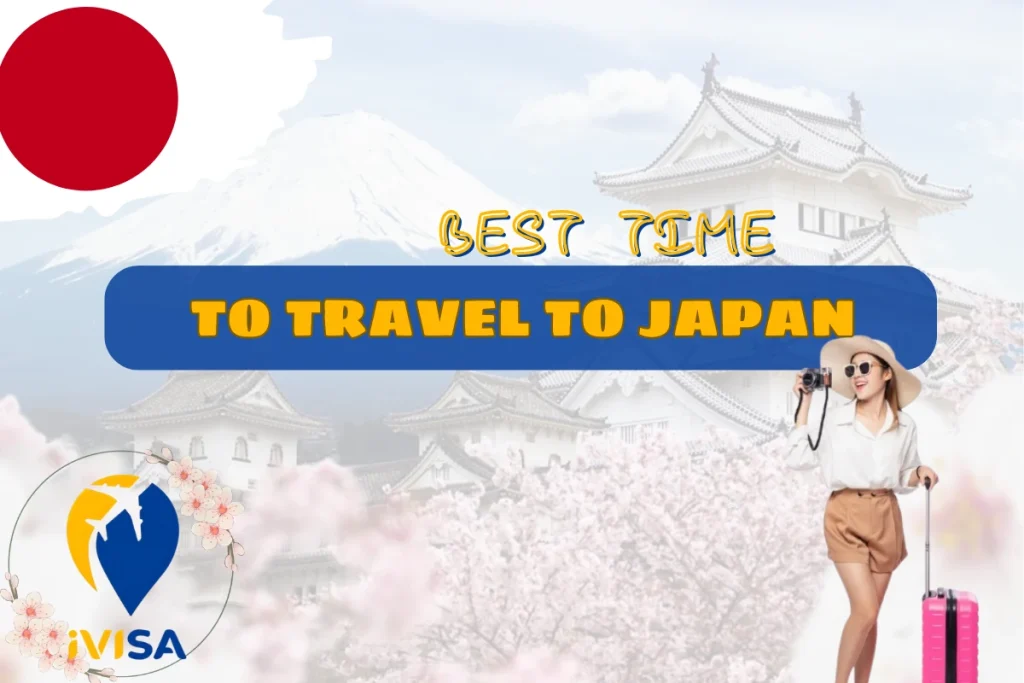
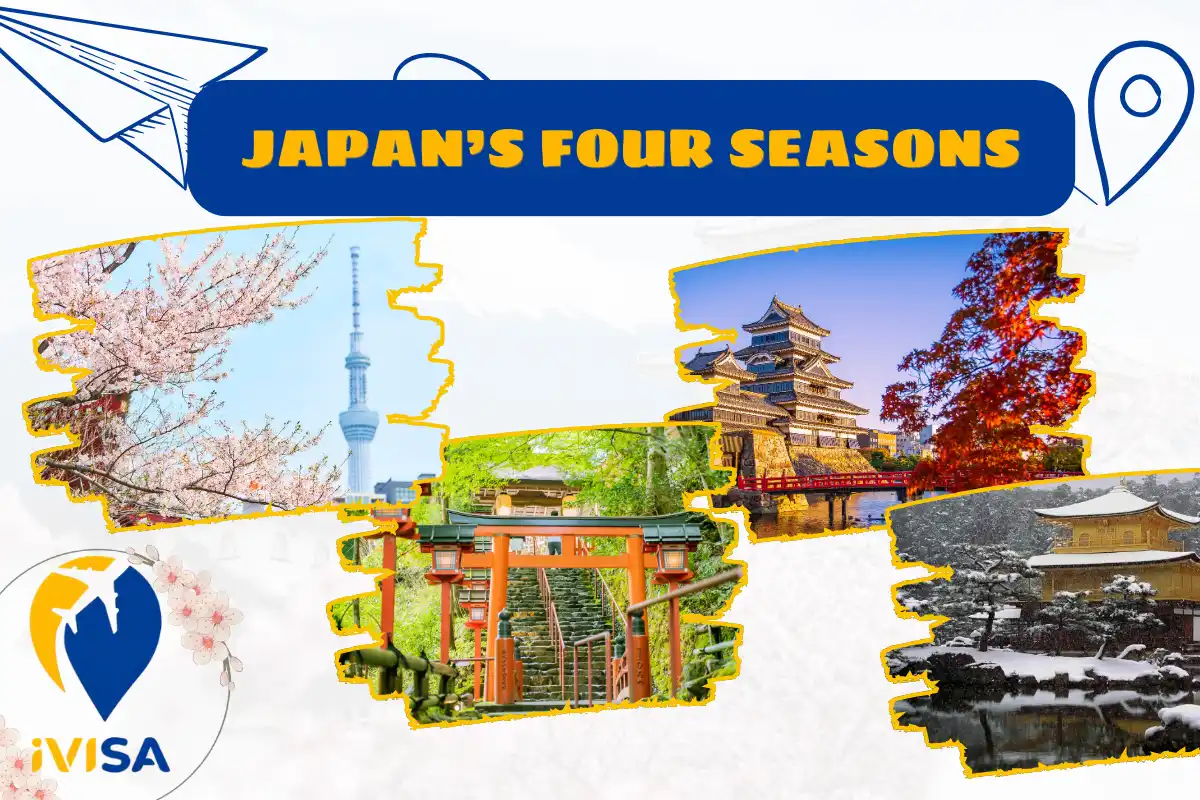
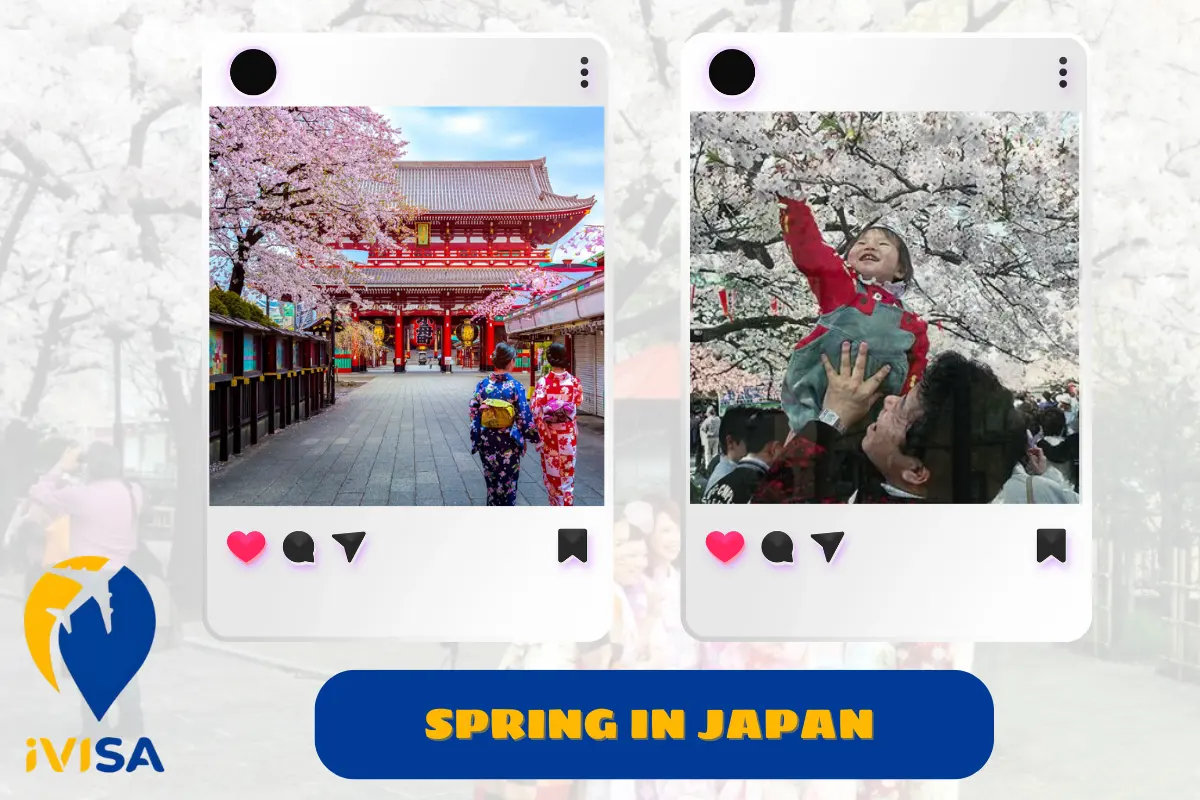
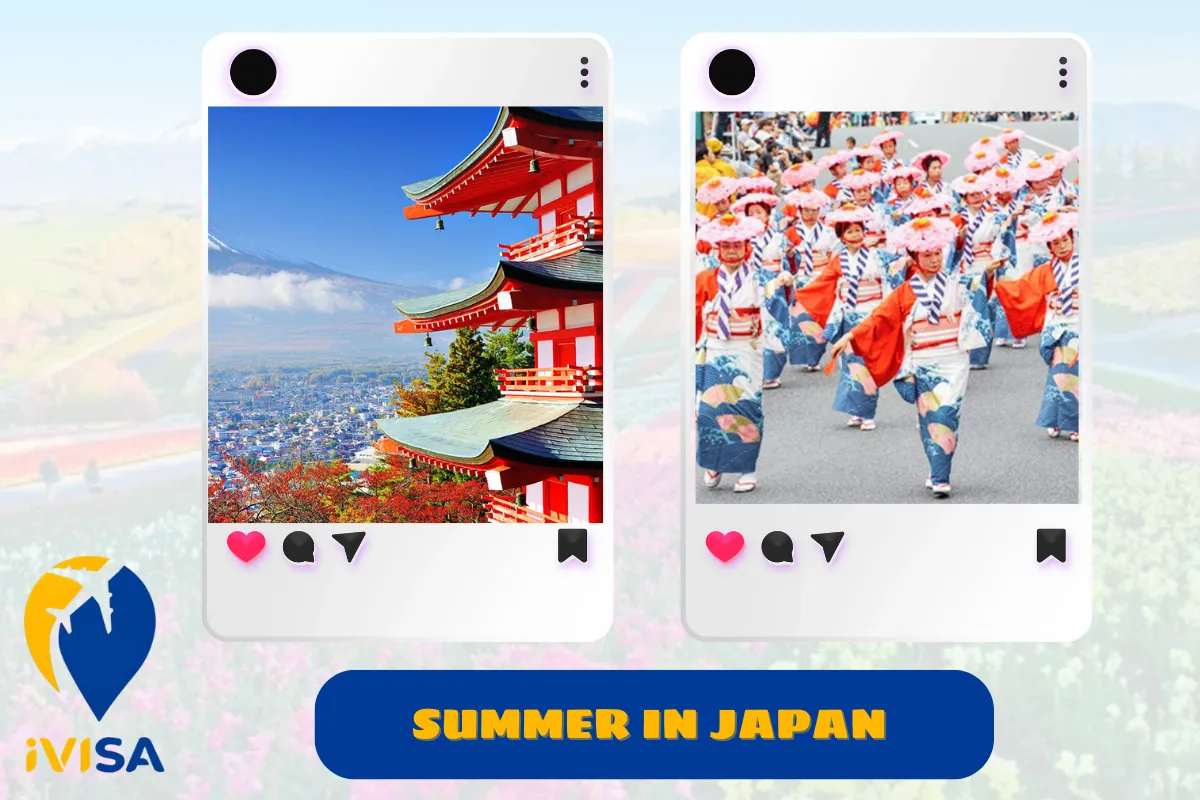
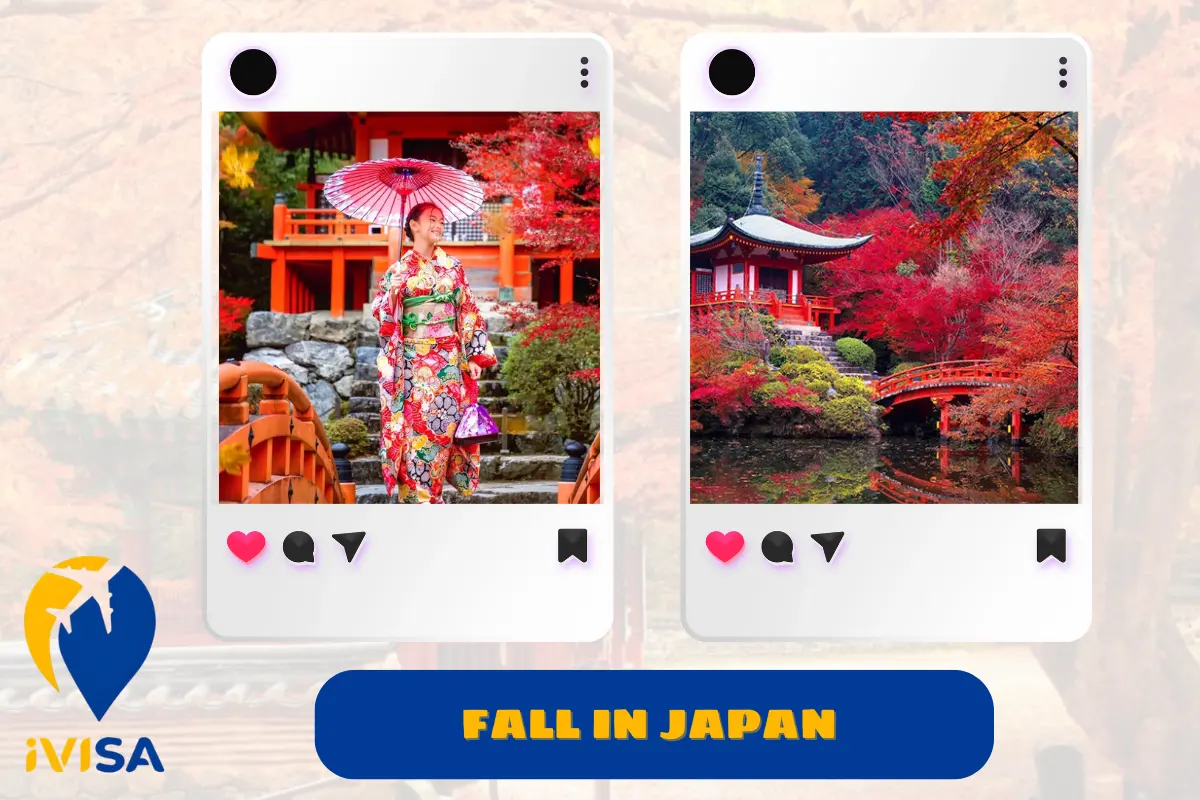
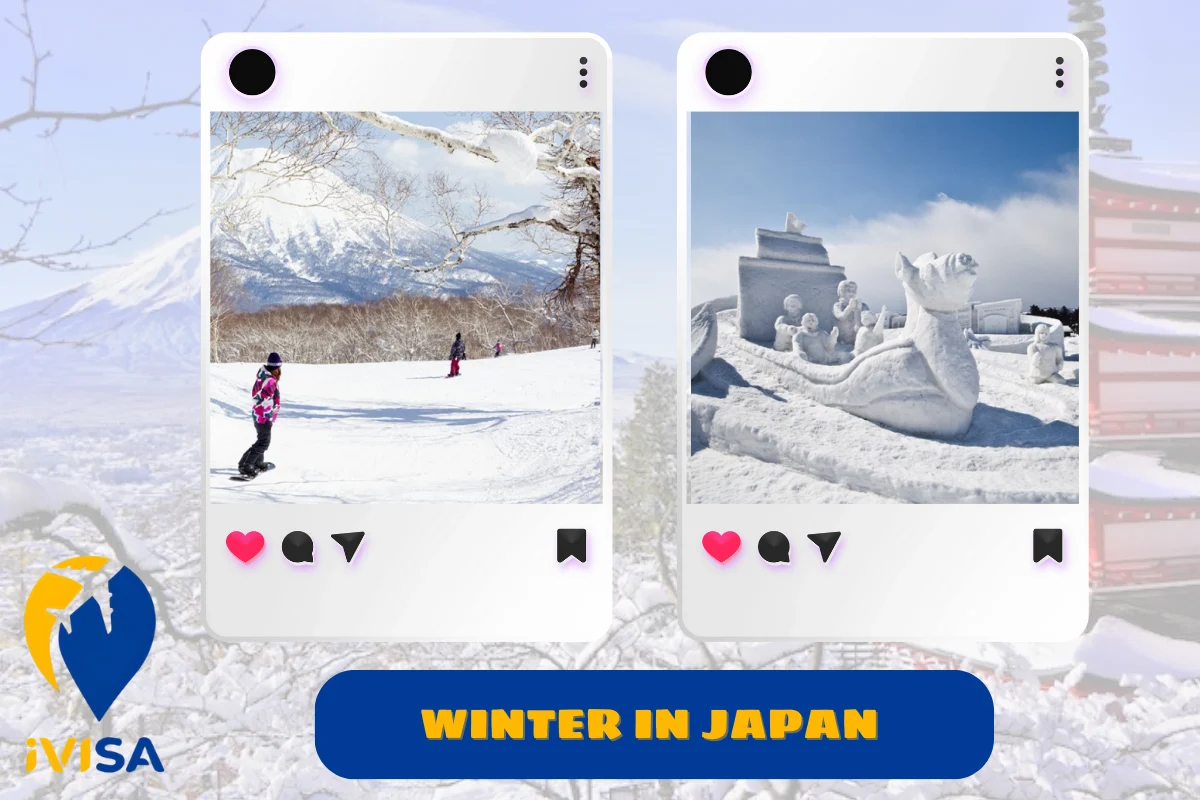
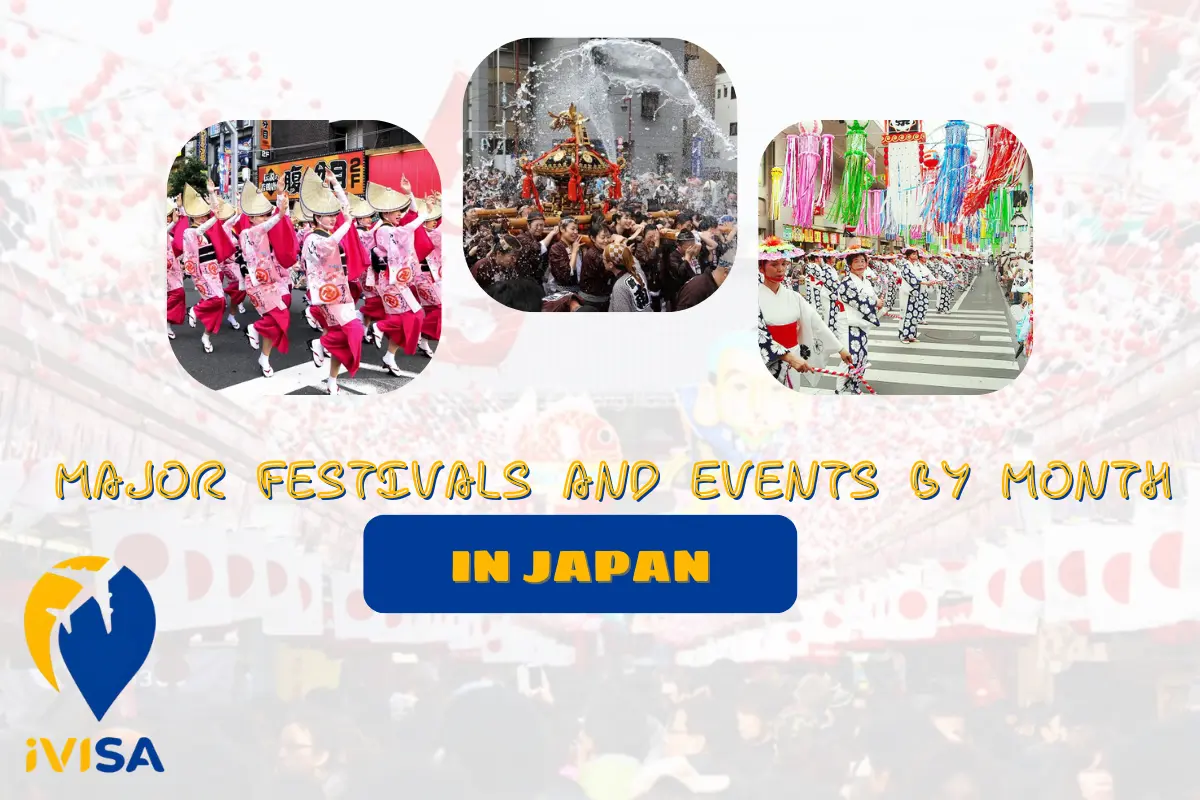
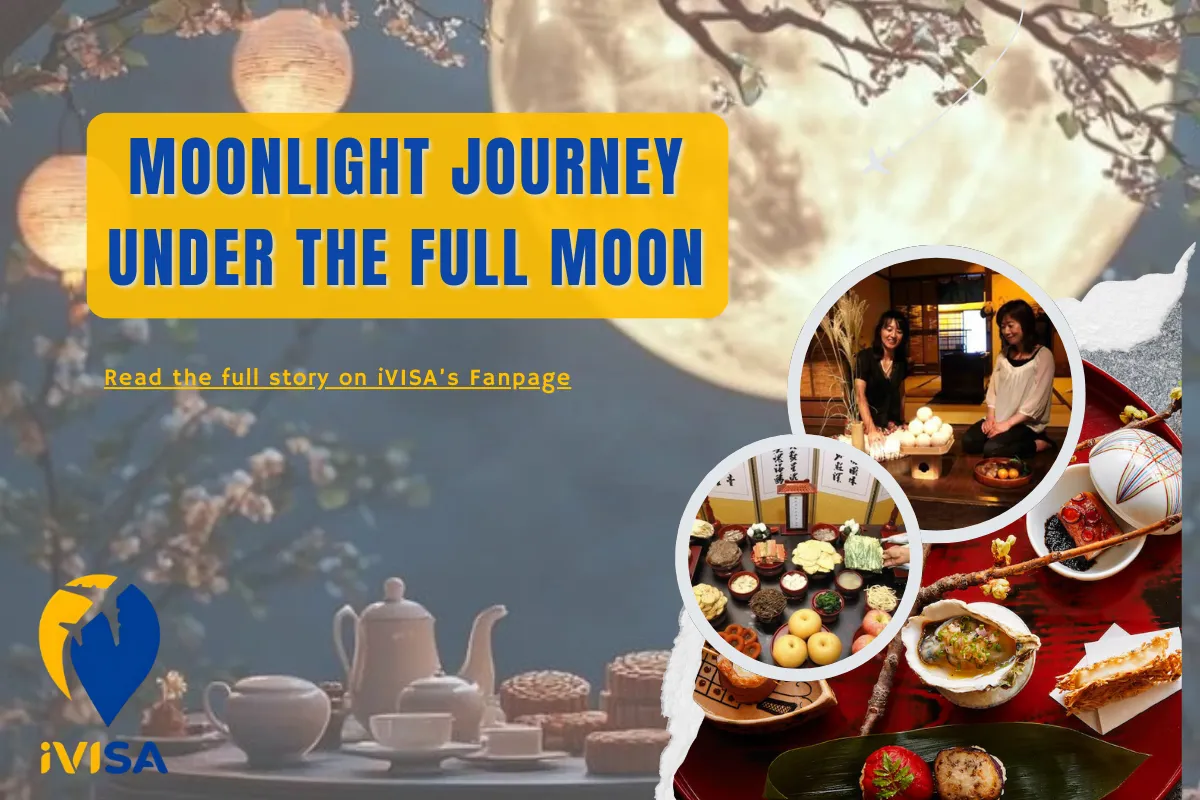
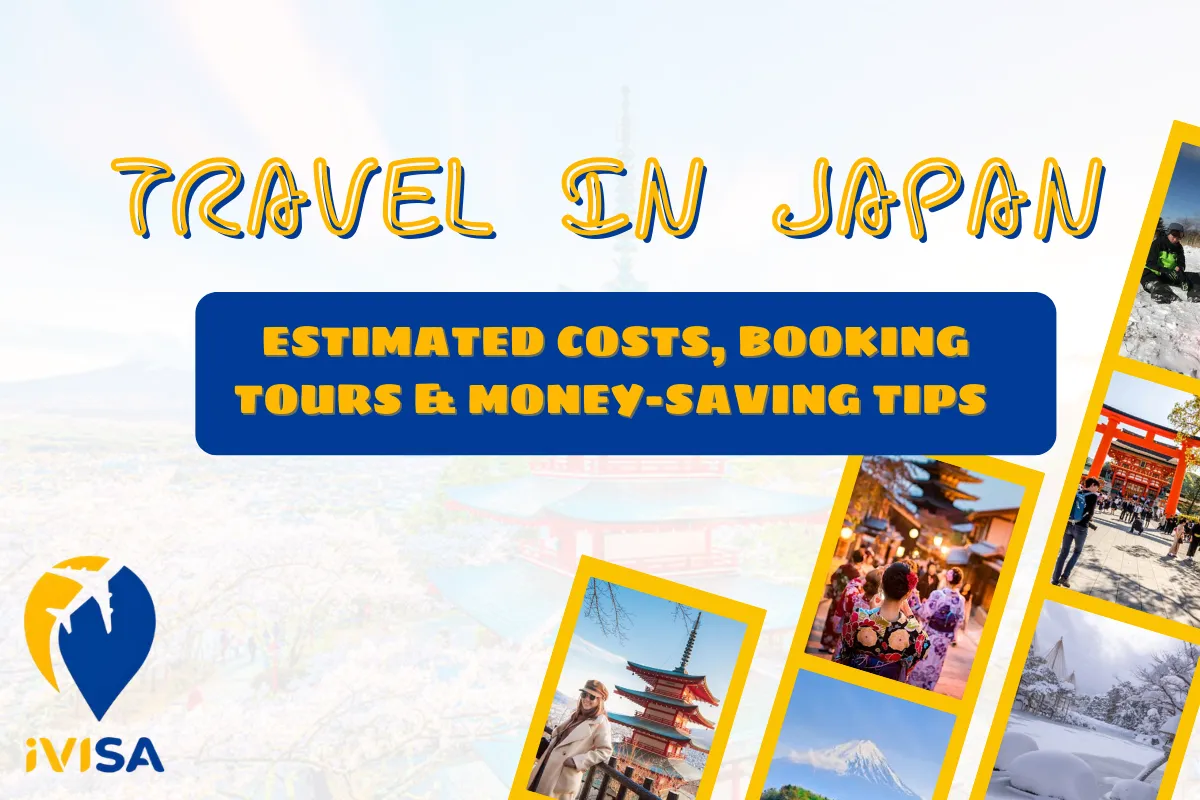
Pingback: China Travel Guide from A–Z Update 2025
Pingback: Japan Independent Travel Experience 2025
Pingback: South Korea Travel Experience 2025